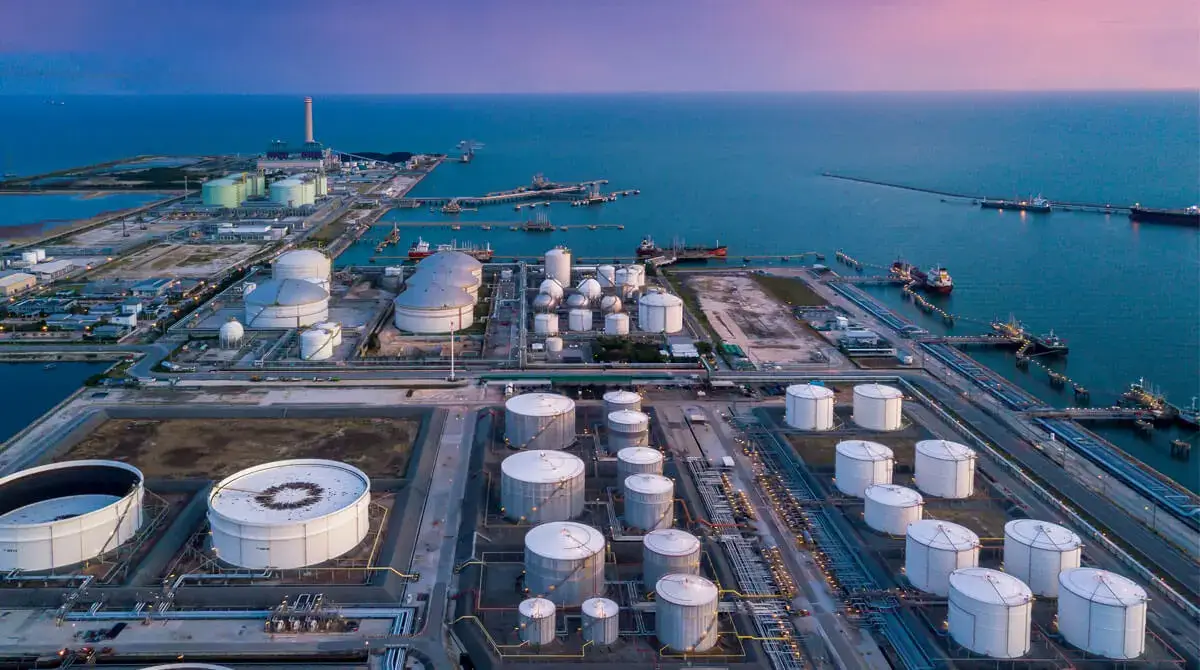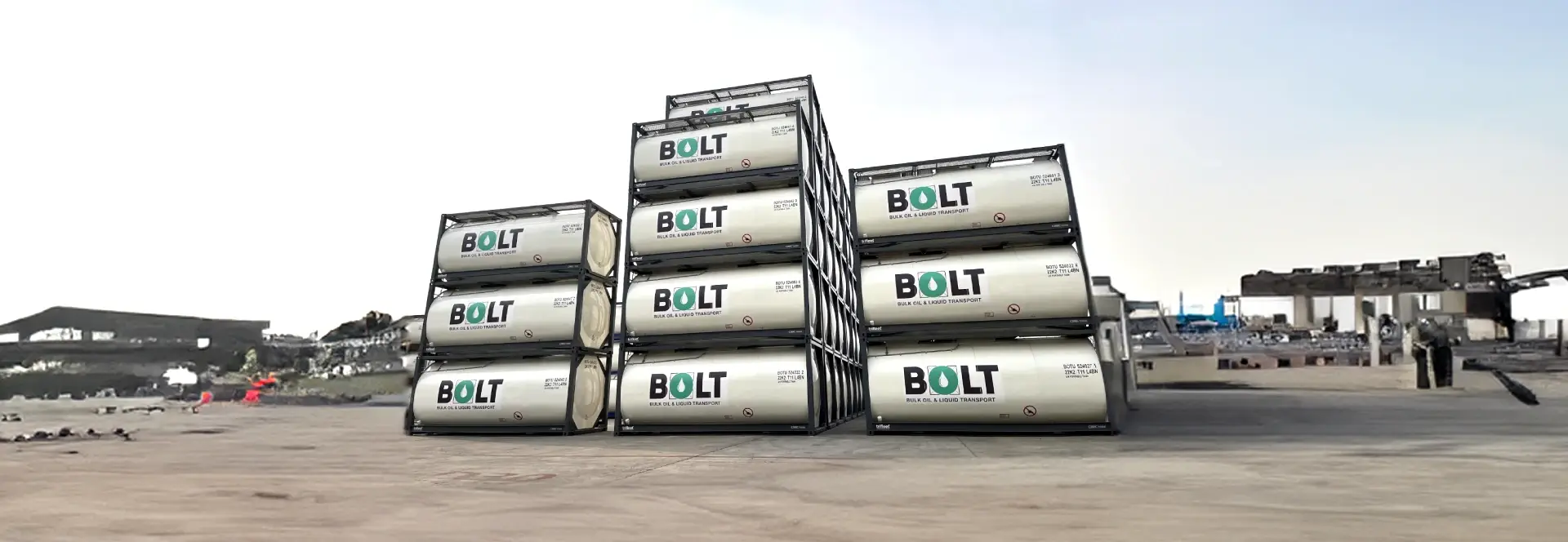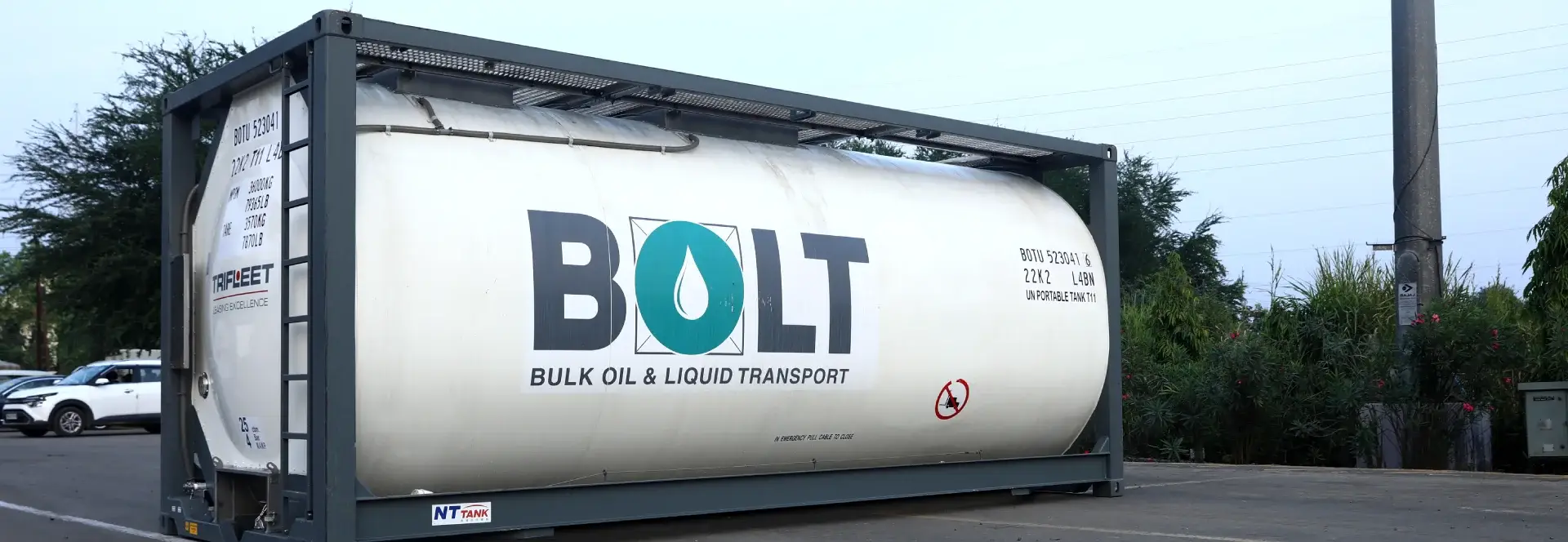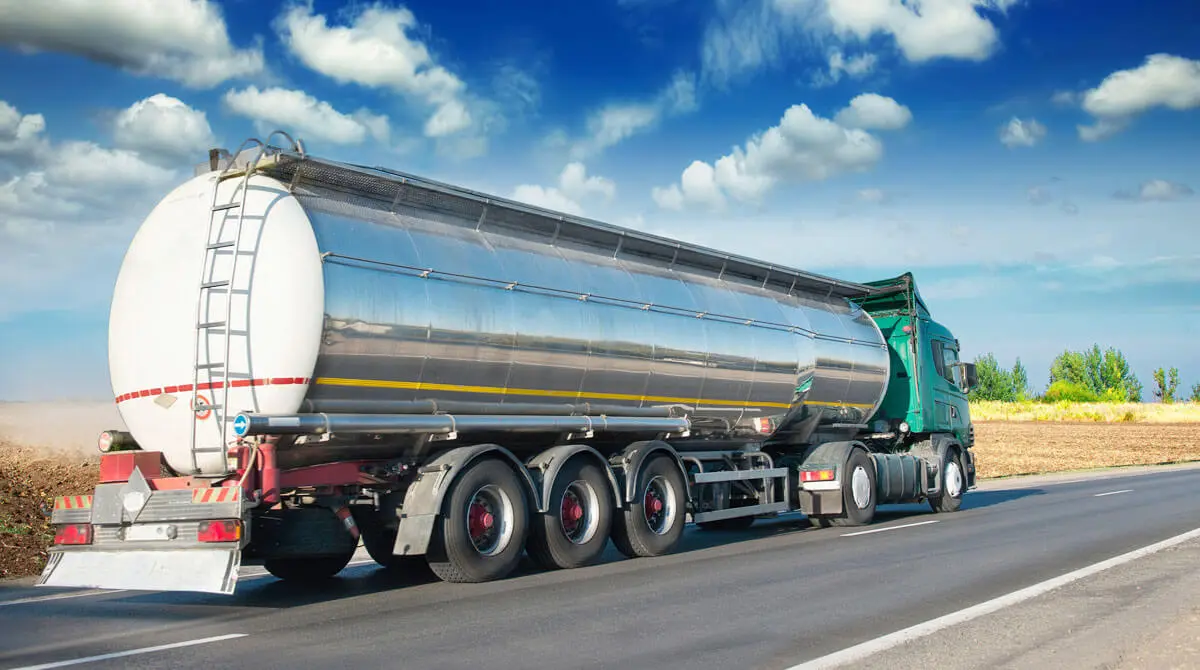
Identification of Dangerous Goods – Proper Shipping Names, UN Numbers and Special Provision 274
The last time I attended a session of the United Nations Committee of Experts on the Transport of Dangerous Goods and on the Globally Harmonized System of Classification and Labelling of chemicals a representative of the transport subcommittee of this committee informed us that there are some 300,000 chemicals known to be transported. All of these substances, he stated, met the criteria for classification for transport as dangerous goods in one or other of the nine classes we use internationally and nationally. This committee is, of course, the top committee worldwide for this subject. – for providing model regulations for the transport of dangerous goods by all modes of transport.
Of course you can go on to make mixtures of dangerous goods. The number of mixtures there are to be transported which are classifiable as dangerous goods is almost infinite? Do not forget that waste streams are classifiable as dangerous goods in the same way as new production, toll production.
The committee I am writing about mentioned above started its work in the 1950s. Its work continues to this day, meeting two times a year at the UN’s premises in Geneva Switzerland. Its work will never end whilesoever new chemicals are being invented or, more particularly, new means of containing them.
Who had heard of the containment system the mobile phone, for example, in 1950 and yet look at what a poor history there is as a result of transporting lithium batteries incorrectly packed.
We in New Alchemy, use our “Seven Steps to Manage the Physical Distribution of Dangerous Goods” :
THE STEPS TO MANAGE THE DISTRIBUTION OF DANGEROUS GOODS
- CLASSIFICATION
- IDENTIFICATIONmeaning the process of choosing the most appropriate Proper Shipping Name and UN number
- CONTAINMENT
- MARKING, LABELLING AND PLACARDING
- SEGREGATION, LOADING AND STOWAGE
- DOCUMENTATION
- THE TRANSPORT OPERATION
including counter-terrorism
security provisions including the counter-terrorism rules for the security of dangerous goods
The first step is classification. Unless classification is done correctly, you cannot determine which further parts of the regulations apply to your dangerous goods consignments especially the permitted containment systems.
In the 1950s the UN transport committee found that it needed to deal with the fact that the same substance may have sever equally valid names in chemistry (I do not mean trade names). For example, the commonly used solvent ACETONE could equally be called DIETHYL KETONE or 2-PROPANOE. The UN transport committee decided that if chemicals are known in chemistry by different names in different places, this was inimical for safety. A cause of confusion. So often I see or hear that an incident was made worse because of communication difficulties. I am thinking here, particularly of the needs of the emergency responders around the world.
In many parts of the world, including the industrialised world, the emergency responders may not be specialists. They may be the farmer, the shoemaker, the baker who have their own professional jobs to do and just volunteer to help fight a fire in e.g. a home or a farm. The probability is that these volunteers around the world have no knowledge of chemistry, do not understand the multitude of dangers these killer chemicals may have and certainly are unlikely ever to have seen an ISO tank container before let alone know how they work.
These are the sorts of arguments why we need to ensure as far as is humanly possible that there is TOTAL CLARITY in the minds of all who need to know including ports, ships, train operators and so on as well as in the minds of the emergency services.
To solve this problem the United Nations Committee of Experts on the Transport of Dangerous Goods decided very early on in its life, in the 1950s and 1960s that a policy was needed to avoid this sort of confusion. It decided to allocate a unique Proper Shipping Name and UN number for each dangerous good. I say unique but we do not have UN 300,000 or even more for all the dangerous goods mixtures there could be including wastes.
The highest UN number that you find in, for example, the IMDG Code at the time of preparing this note was UN 3550. Ten new UN numbers will be added to the international and hopefully the national modal regulations for use from 2025. Yet a UN number and a Proper Shipping Name must be found for all dangerous goods before transport can take place. How to solve this problem?
Well, it can be argued that there are five different types of Proper Shipping Nam as I am about to explain. Type two to type five Proper Shipping Names are sometimes called “collective” Proper Shipping Names (PSN)meaning that they can be used for more than one chemical species or mixture of chemicals.
Here are my five types:
- Substance, Article or Mixture specific names
- End Use names
- Generic names including names for groups of pesticides
- Specific ‘Not Otherwise Specified’ names,
- General ‘Not Otherwise Specified’ names
These form a hierarchy of choice. If you cannot find a type 1 PSN, look for a type 2 PSN. If you cannot find a type 2 PSN, look for a type 3 PSN. If you cannot find a type 3 PSN, look for a type 4 PSN. If you cannot find a type 4 PSN look for a type 5 PSN. It is important that you find the most appropriate Proper Shipping Name and UN number to fit your product – so as to help that most important group of people, the emergency responders.
- An example of a type 1 PSN would be:
METHANOL, UN 1230
- Examples of type 2 PSNs are:
PAINT, UN 1263
PAINT RELATED MATERIAL, UN 1263
ADHESIVES, UN 1133
RESIN SOLUTIONS, UN 1866
ALCHOHOLIC BEVERAGES, UN 3065
- Examples of type 3 PSNs include:
ALKALI METAL AMIDES, UN 1390
ALKALIMETAL DISPERSION, UN 1391
ALKYLSULPHONIC ACIDS or ARYLSULPHONIC ACIDS, UN 2586
- Examples of type 4 PSNs include
ALCOHOLS, N.O.S., UN 1986
ALDEHYDES, FLAMMABLE, TOXIC, N.O.S., UN 1988
THIOCARBAMATE PESTICIDE, LIQUID, TOXIC, N.O.S., UN 3006
- Examples of type 5 PSNs include:
FLAMMABLE LIQUIDS, N.O.S. UN 1993
and most importantly:
ENVIRONMENTALLY HAZARDOUS SUBSTANCE, LIQUID, N.O.S.,
UN 3082 used for all liquid aquatic pollutants not classified in some other way for transport.
You only default to the fifth type of PSN if you cannot find a more suitable PSN of types 1-4.
This brings me to my final point in this set of messages. The United Nations Committee of Experts on the Transport of Dangerous Goods decided that for some of the Type 3 and Type 4 PSNs, whilst authorised for use, did not give enough information for the emergency services. They decided to allocate Special Provision 274 from the dangerous goods transport regulations to those PSNs where they considered the emergency services needed more information.
Special Provision 274, where it applies, requires the Proper Shipping Name to be supplemented with a technical name or names of the dangerous ingredient or ingredients in the substance or mixture.
The meaning of Special Provision 274 is explained in, for example, Chapter 3.3.of the IMDG Code governing the transport of dangerous goods by sea and in similar places in the other four sets of modal regulations (air, inland waterways, rail and road). In turn you are directed from SP 274 in Chapter 3.3 to 3.1.2.8.1 of Chapter 3.1. This states that
“Generic and “not otherwise specified” proper shipping names that are assigned to special provision 274 or 318 in column 6 of the Dangerous Goods List shall be supplemented with the technical or chemical group names……….”’
and in 3.1.2.8.2
“The technical names shall be a recognized chemical or biological name or other name currently used in scientific and technical handbooks, journals and texts……”
You must not use trade names for this purpose as is explained in the rest of 3.1.2.8.2.
Very often I see in section 14 of Safety Data Sheets (SDS) that one of the PSNs to which Special Provision 274 applies has been nominated for one of the company’s products but it has not been shown in this section with the required technical (s) names(s). I ask that all concerned take SP 274 into account when preparing section 14 of their SDSs. It is not for us as tank container operators to determine these things. So important to get this right when non-chemists are involved in the transport of dangerous goods. Here is an example of what we mean:
ENVIRONMENTALLY HAZARDOUS SUBSTANCE, SOLID, N.O.S. (cytosine menthyl ester)
By the way, for the pesticides there is an addition Special Provision, SP 61. This points you to a list of pesticides prepared by the World Health Organisation and give reliable Proper Shipping Names and UN numbers for these substances.
I will end by reminding all concerned that there are mandatory training requirements in the dangerous goods regulations which would be a criminal offence if not complied with. The IMDG Code lists the sort of persons who need this training in its Chapter 1.3. Top of the list are those who classify dangerous goods (and therefore also identify them with the appropriate PSN and UN number). For me this training requirement extends to those who complete section 14 of SDSs.
Have all your staff been trained in classification and identification to be aware, for example, in classification? You never know, if not, the inspector may call! The dangerous goods regulations grant immediate right of entry to your premises to check the records of all the training you do in dangerous goods!
Roy Boneham
Principal Consultant



